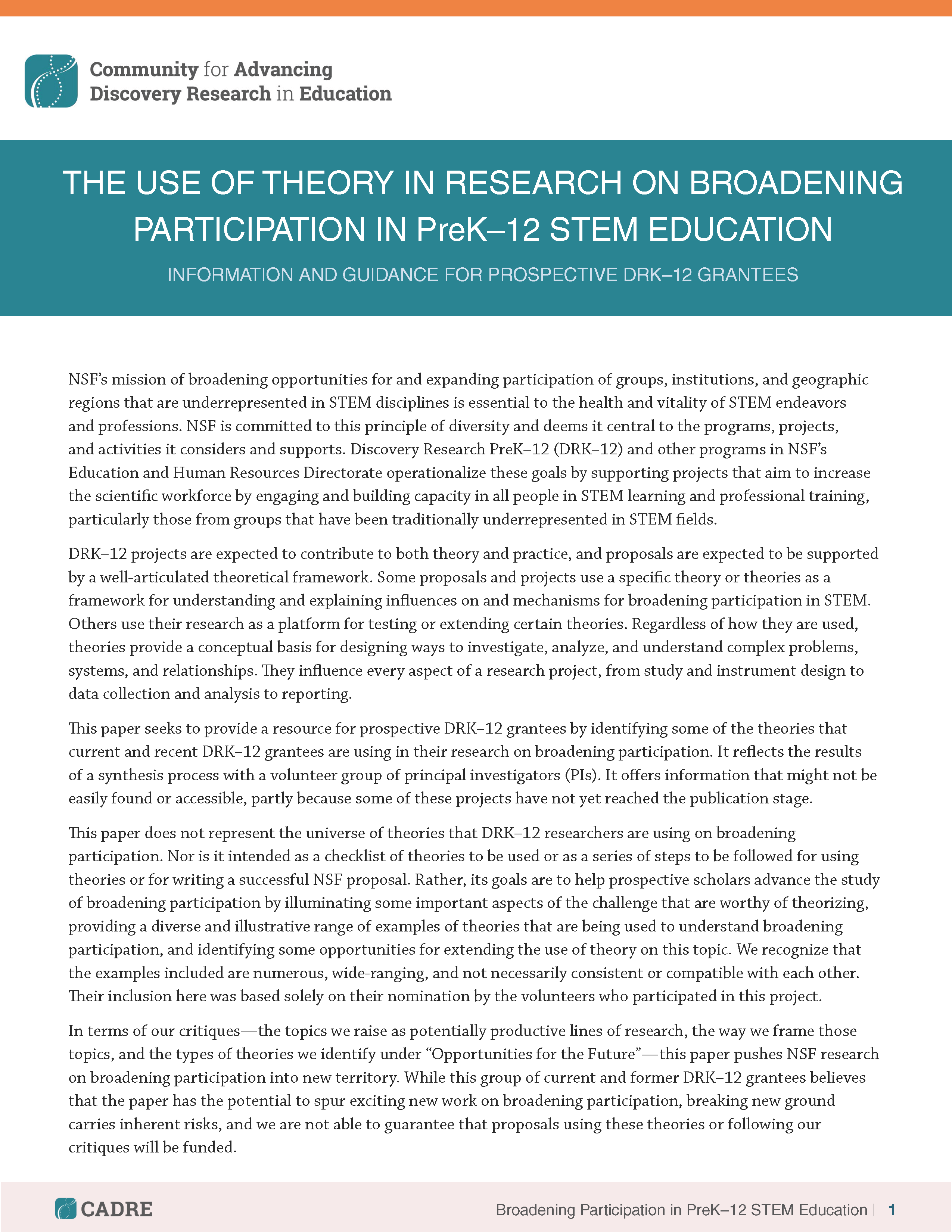Touchscreen-Based Haptic Information Access for Assisting Blind and Visually-Impaired Users: Perceptual Parameters and Design Guidelines
Touchscreen-based smart devices, such as smartphones and tablets, offer great promise for providing blind and visually-impaired (BVI) users with a means for accessing graphics non-visually. However, they also offer novel challenges as they were primarily developed for use as a visual interface. This paper studies key usability parameters governing accurate rendering of haptically-perceivable graphical materials.
This paper studies key usability parameters governing accurate rendering of haptically-perceivable graphical materials

